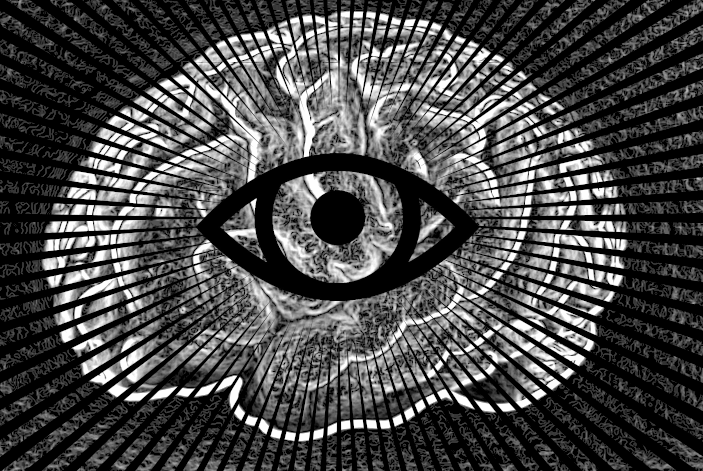Can auditory stimulation make an impact in bionic vision?
Relevant re-connections occur in the brain of the visual impaired: the brain does not go ‘unused’. It gets devoted to deal other sensory modalities. For example, the primary visual cortex gets activated during Braille reading. In a recent preliminary study, presented at the IEEE-EMBC 2022, we have seen that the visual cortex of rats with […]
Fast and concurrent detection of the SARS-CoV-2
A team of researcher from the University of Seville and other institutions have developed a fast method to detect the SARS-CoV-2 virus. The technique can be potentially used for rapid and concurrent screening, for example in transport hubs or mass events. This new methodology, whose first results are published in the journal Scientific Reports, from […]
Can we see a virus?
Researchers from the Universidad de Sevilla have developed and patented a prototype to remotely detect viruses on surfaces. Using artificial intelligence to analyse images taken at multiple wavelengths, the so-called hyperspectral imaging technique, they were able to successfully distinguish the presence of engineered viral particles. The results of this work, entitled ‘Hyperspectral image processing for […]
New hit in cortical visual prosthesis
A group of researchers from the Netherlands and Spain have demonstrated that cortical neurostimulation from a high-count implanted electrode array can meaningful visual perception. In a study recently published in Science, the team has shown that composite electrical stimulation of the primary visual cortex can produce the perception of shapes, and that a sequence of […]
E-book published
We are glad to announce our e-book entitled “A Conversation With the Brain: Can We Speak Its Language?” has been published by Frontiers in Neuroscience. We would like to thank all authors and editors who made this possible. A total of 51 authors have participated from different institutions around the globe.
Our patent goes PCT
A new system to deliver coordinated neural electrostimulation from a group of implanted neurostimulators has been designed by researchers of the University of Seville. The system is able to estimate the relative positions of the implants while using the stimulus artifacts as an intra-body communication tool. By these means, it is possible to reduce energy […]
Understanding bionic vision
Professor Gregg Suaning, School of Biomedical Engineering, The University of Sydney, explains the Phoenix 99 bionic eye project. By delivering small amounts of electric current via an electrode array implanted into the eye, it is possible to elicit visual sensations in blind subjects.






